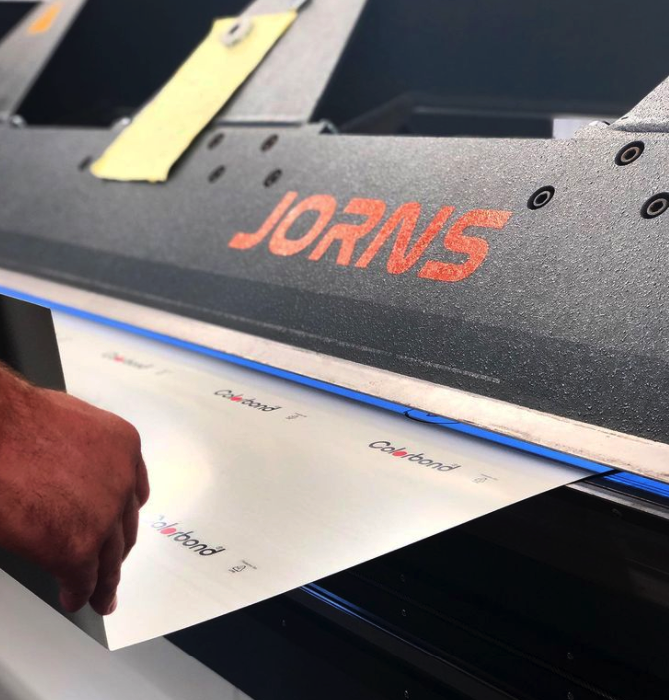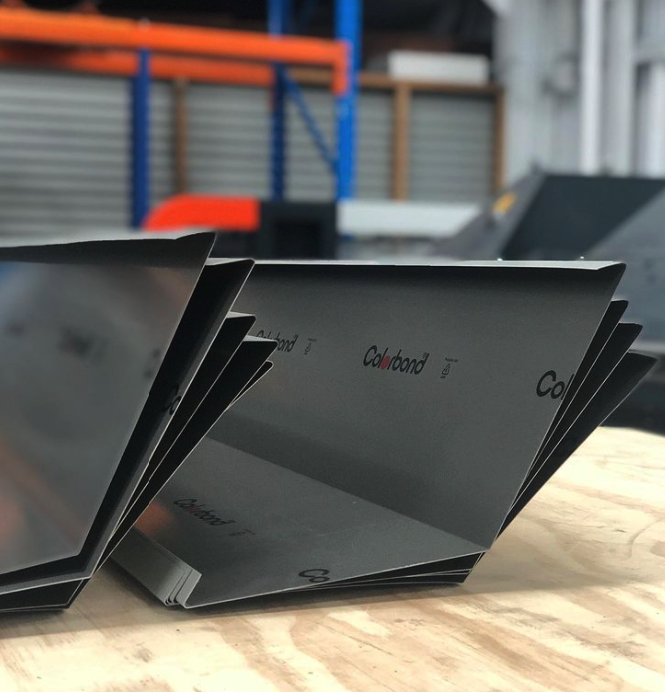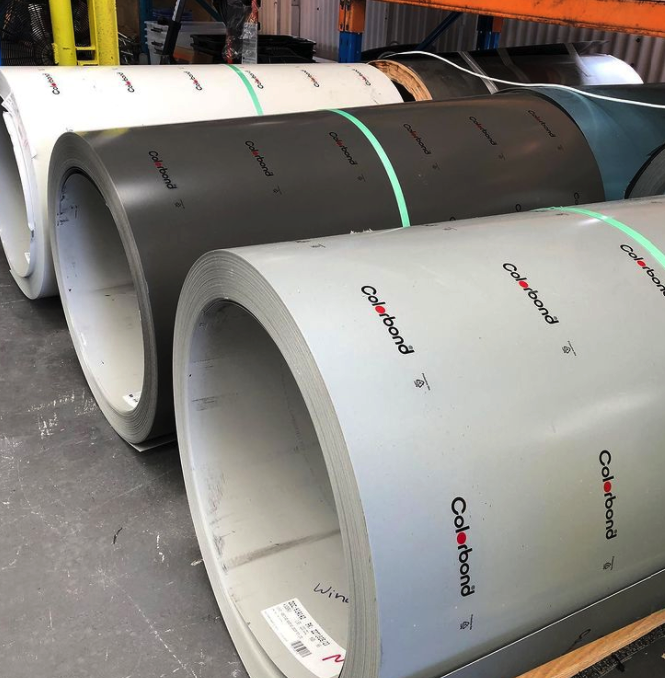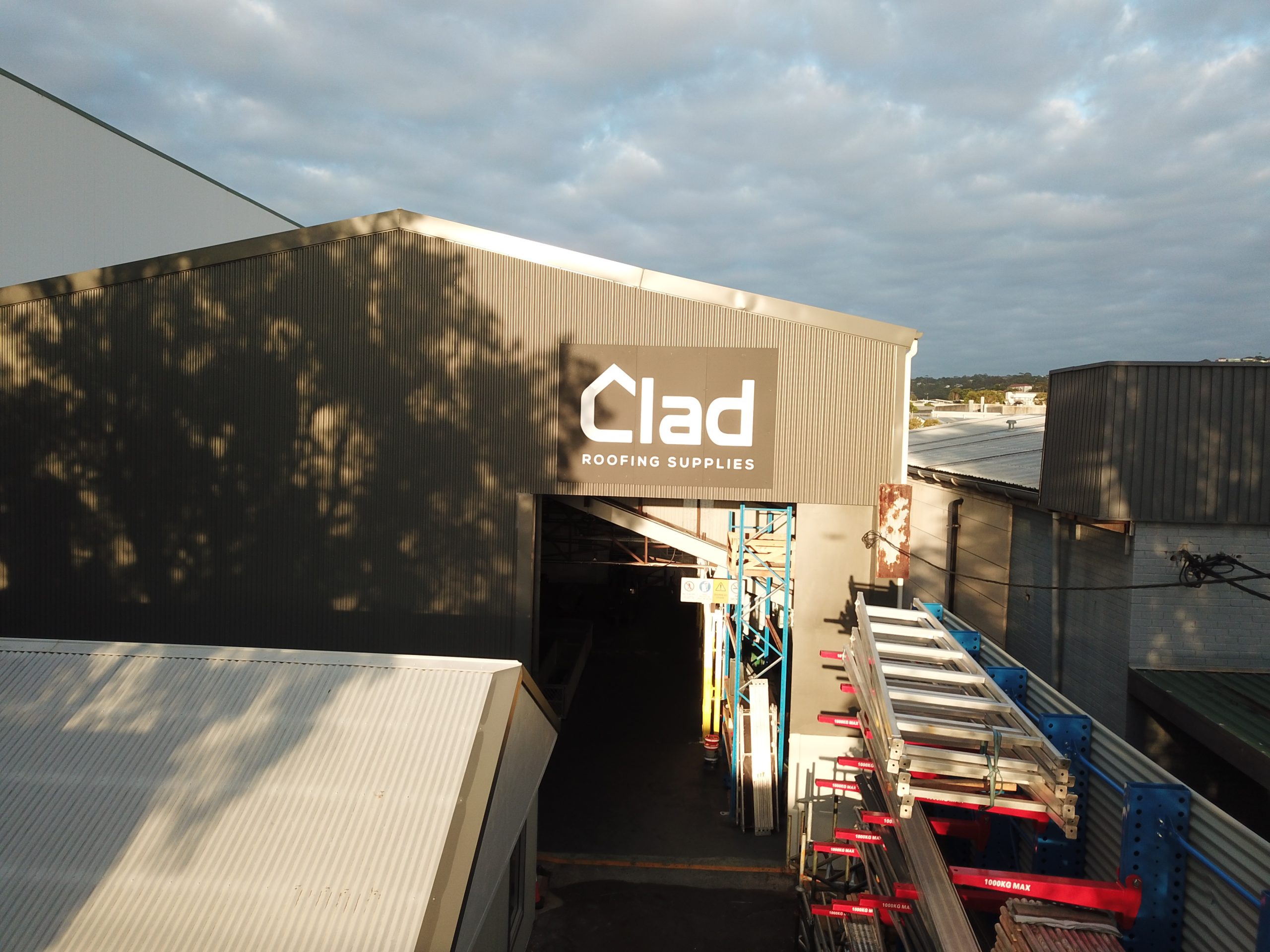Roofs are one of the most important parts of your home. They protect you from all types of weather, from heavy rain to snow. But like any other part of your home, they need to be repaired or replaced at some point in order to maintain their role and function for your home.
There are many reasons why homeowners choose to change their roofing materials. These reasons can range from the roof being damaged by a fire or storm, or simply because it is old and needs replacing. Whatever the reason may be for changing your roof, it is important that you know what type of material you want before you make a decision on what type of roof to be used as well as other features that will help you achieve the most ideal roof for your needs and style preferences.

What Types of Materials Are My Options?
Roofs are critical in protecting the integrity and safety of a building. They also protect against extreme weather conditions and natural disasters. There are a number of materials that can be used for roofing, but which material is best for your home or business?
There are a variety of materials that can be used for roofing: metal, natural stone, clay, concrete, terracotta, fiber reinforced plastic, and single-ply membrane. Each type can be installed as individual tiles, shingles or sheets, depending on the homeowner preference. Each type also offers different benefits and drawbacks.
Tiles as Common Roofing Material Preference
Roofing tiles have been used for centuries as materials for roofing. Roof tiles can come in a variety of shapes and sizes. One great factor about using tile roofs for your home is the aesthetic appeal that it brings to the overall look and theme of your property. Clay tile is one of the most frequent types of tile used for roofs. Clay tile is created by heating natural clay and shaping it into form.
Using tile as a roofing material has numerous advantages. Tiles are very versatile and can match any design style. They also provide excellent thermal and acoustic insulation. They help keep the rain out by forming a barrier between the outside and the inside of your homes, preventing water from seeping in via the roof’s crevices.
Other types of roofing tiles also include clay, concrete, fiber reinforced plastic, metal and terracotta.
The different types of tiles have their own strengths and weaknesses. Clay tiles are very strong but they are heavy and brittle. Concrete tiles are lightweight but they can crack if the temperature drops below freezing point. Fiber reinforced plastic is a good option for low-slope roofs because it is lightweight but it has limited color options to choose from.
What Time of the Year is Best to Replace a Roof?
It is important to make sure that the roof is in good condition before you start replacing it. Have your roofs inspected by a professional roofing specialist before you get a quote or start inquiring for roof replacement services. Roofs are least vulnerable during the spring and fall. It is recommended to replace a roof during these seasons because they are not as harsh on the roof as summer and winter.
Some people believe that it’s best to replace a roof in the spring because this is when there are more contractors available. Others think that it’s best to do it in the fall because this is when you can get better deals on materials for your new roofing project.

How Often Should I Replace My Roofs?
A roof can last anywhere from 20 to 50 years depending on its quality, size, and usage. But there are some factors that can shorten its lifespan like exposure to extreme weather conditions, age of the house, or if it is used as a storage area. Such circumstances require a homeowner to consider replacing or having their roofs repaired. Unexpected damages on your roof may also require you to replace them prematurely.
1) If you live in a region with extreme weather conditions, such as heavy snow or hail, you might want to replace your roof more often than others who live in areas with milder weather. Doing so ensures that your indoors are completely protected from the harsh weather outside.
2) The type of roofing material that was used for your roof will also have an impact on how long it lasts. For example, metal roofs are typically the most durable and will last the longest while asphalt shingles can wear out faster and need replacing sooner than other types of materials.
3) If you have noticed any leaks or water damage in your home then it is likely time to replace your roofs
Each household may experience different circumstances when it comes to finally deciding to replace their roof. However, it is still ideal to seek professional advice from a roofing specialist if a roof replacement is indeed due for your home or if a roof repair would be sufficient to address your current roofing problem.

What is Roof Sheathing and Do I Need One?
Roof sheathing is the covering of a roof and is typically made of wood or metal. It provides a protective layer for the roof, as well as insulation. It can be installed on top of the roof decking or under the decking, depending on what type of roofing system is being used.
Roof sheathing can be either single-ply or plywood, which are installed perpendicular to each other. The most common type of plywood is called OSB (oriented strand board) that is made from thin sheets of wood that are pressed together at right angles and then coated with waterproof glue.
On top of acting as an additional insulation for your roof, a roof sheathing also helps strengthen your roof.
Do you need roof sheathing for your home?
Yes, especially if you are just constructing your home and if your budget permits. There are many reasons why you should consider installing roof sheathings. It helps stop leaks especially in asphalt shingle roofs, and adds support to your roof by distributing the weight evenly across your roof areas especially during heavy rains and snow. Roof sheathing also adds a layer of protection to minimize the risk of fires. Most sheathing materials come with fire retardant treatments that help resist fires on the roof area or in the attic.
However, installing roof sheathing on an existing roof can be expensive and time consuming. Labor would be more extensive since there will be pre-installed ceilings, trusses, and beams that will have to be removed to accommodate your sheathing. Considering material alone, each sheet of plywood to be used for sheathing can cost you anywhere from $70 to $100 a piece. Sheet overlapping length can add up on your actual cost. The overlap of roof sheets can vary depending on the type of roof, the slope of the roof, and the type of sheathing. Getting an estimate from a roofing contractor would be the best way to arrive at a more accurate amount on how much roof sheathing costs.
An average home may take a whole day to be completely installed with roof sheathing. For extreme cases, complex designed roofs or larger homes, the process may take anywhere from three days to a whole week to complete.
Replacing your roof is a big decision. It’s not an easy task to undertake, but it can be done with the right person.

